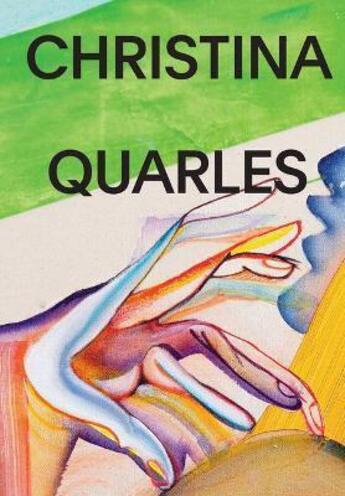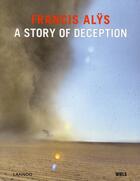-
Date de parution : 01/11/2021
-
Editeur :
Dap Artbook
-
EAN : 9781636810324
-
Série :
(-)
-
Support :
Papier
Résumé:
In Quarles' paintings, limbs, torsos and faces collide and merge with familiar domestic objects made strange through color and gesture Los Angeles-based artist Christina Quarles (born 1985) paints bodies that are subjected not only to the weight and gravity of the physical world but also to the... Voir plus
In Quarles' paintings, limbs, torsos and faces collide and merge with familiar domestic objects made strange through color and gesture Los Angeles-based artist Christina Quarles (born 1985) paints bodies that are subjected not only to the weight and gravity of the physical world but also to the pleasures and pressures of the social realm. Her work explores the universal experience of existing within a body, as well as the ways race, gender and sexuality intersect to form complex identities. Quarles, whose art is often considered in relation to her identity as a queer, cisgender woman of mixed race, is among the vanguard of artists who are upending the white-male-dominated art scene. This book features paintings and drawings from throughout Quarles' career. Working mostly in acrylic, Quarles populates her canvases with polymorphous figures that reference her background in life drawing, but with an expressionist spin all her own. Her figures' disconnected arms and legs break through a surface punctuated with bold patterns, textures and staccato markings.
Donner votre avis









